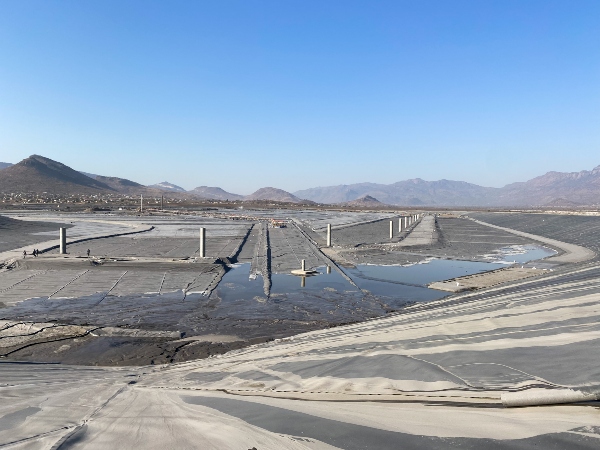As Africa grapples increasingly with too much or too little water – as well as water that is too dirty to use – the mining sector is needing to responsibly fulfil its own needs while remaining a good steward of this precious resource.
This means taking a broader view of water management and collaborating more than ever with other stakeholders, explained SRK partner and principal hydrologist Peter Shepherd.
“The mining sector has taken a leading role in the global drive toward sustainability, and water management is a key aspect of this,” said Shepherd. “With SRK’s 50 years of experience in mining, water, infrastructure and other fields, we have been able to assist mining clients with innovative water solutions that align with the latest environmental, social and governance (ESG) principles.”
He explained that the challenge of too much water is generally addressed through identifying areas that could be flooded and designing infrastructure outside the flood inundation areas. Robust stormwater controls also need to be constructed around mines and mine infrastructure to divert clean water away from mine infrastructure and collect, contain and reuse dirty water runoff from areas where mine infrastructure is placed.
“Too little water is a growing problem as there is greater competition for water as economies grow,” he said. “This challenge is generally minimised by conserving and maximising the reuse of water – to make less use of raw water resources.”
Over the years, mines have become better at keeping clean and dirty water separate, he added, and this has assisted in reducing the challenge of water being too dirty to use. He highlighted that treatment of dirty water is a regular necessity for mines, who were able to reuse this supply to help achieve water sustainability.
“Responsible water planning and allocation on mines starts with early attention to stringent compliance and best practice requirements,” said Shepherd. “Any new mine development therefore needs to establish at a very early stage that there are in fact water resources available – and to investigate the terms for access to such resources.”
SRK principal environmental geologist Lindsay Shand emphasised the growing uptake of the water stewardship approach in mining, as a key platform for mining good practice. SRK actively embraces water stewardship to promote its principles among clients. The company has several practitioners accredited by the Alliance for Water Stewardship, with integral knowledge of the ICMM Water Stewardship Maturity Framework.
“By working closely with our mining clients, we assist them in viewing their mine site as a part of a greater catchment – so that we can more effectively rank their water risks,” said Shand. “Based on this risk ranking process, the mine is better able to prioritise its mitigation and management measures – so that these meet compliance and operational imperatives as well as broader ESG and corporate social responsibility goals.”
Water is also central to mine closure strategies, according to James Lake, SRK partner, environmental scientist and geochemist. Lake also emphasised the ‘catchment level’ approach to tackling potential water issues in mine closure planning and execution.
“Mines need to consider water stewardship for the mine’s entire life cycle,” he said. “Many closure challenges revolve around separating dirty or ‘contact water’ from clean water, which can draw on a wide range of treatment options.”
These include passive water treatment methods based on natural chemical and biological reactions – with little to no nutrient and energy addition.



